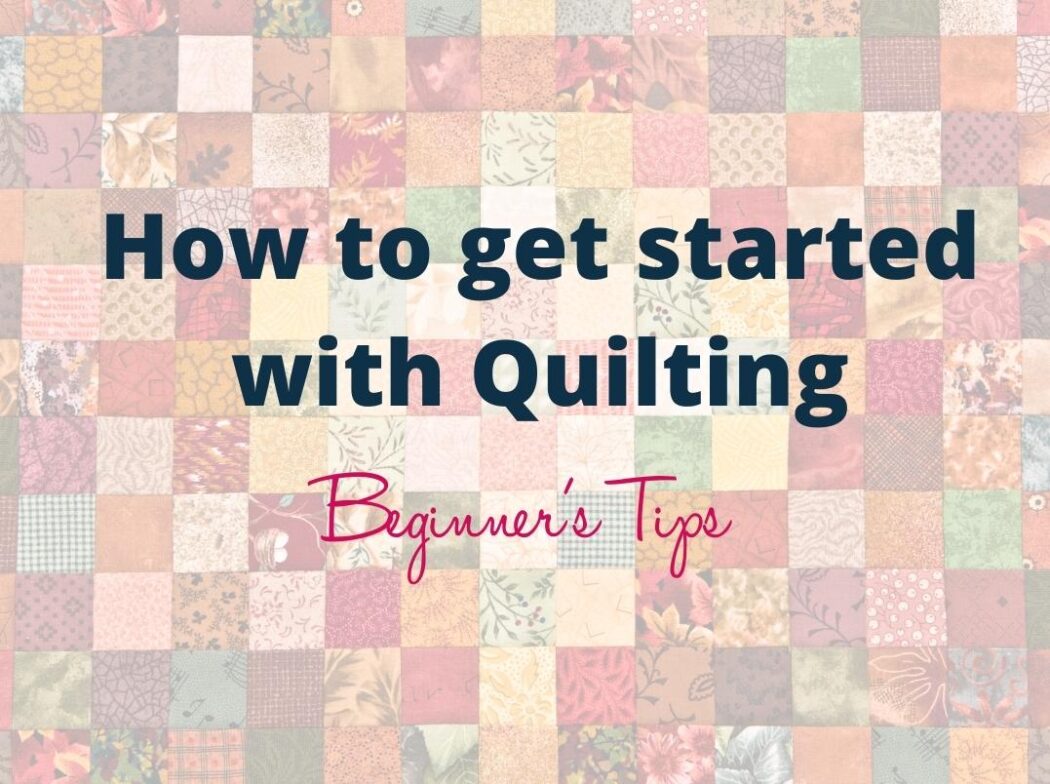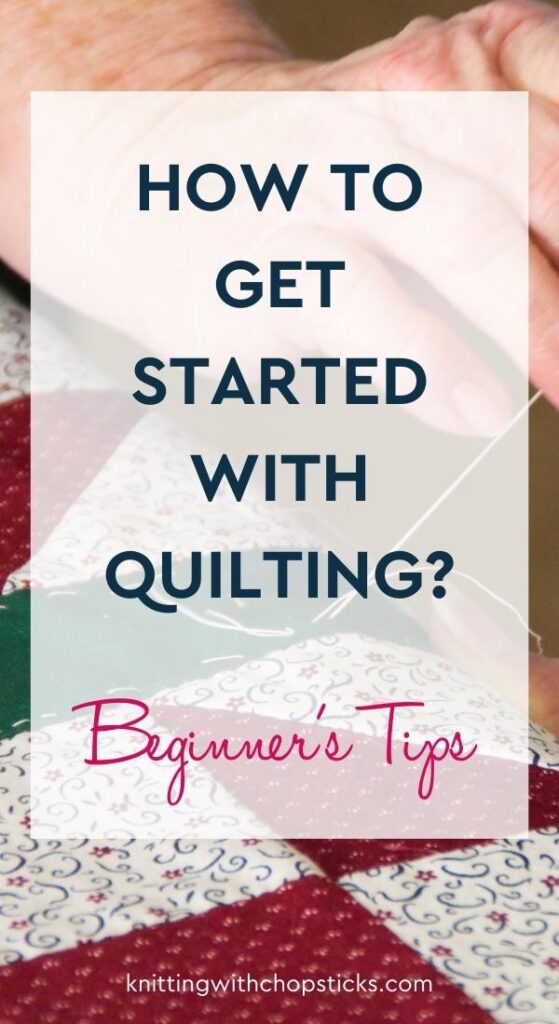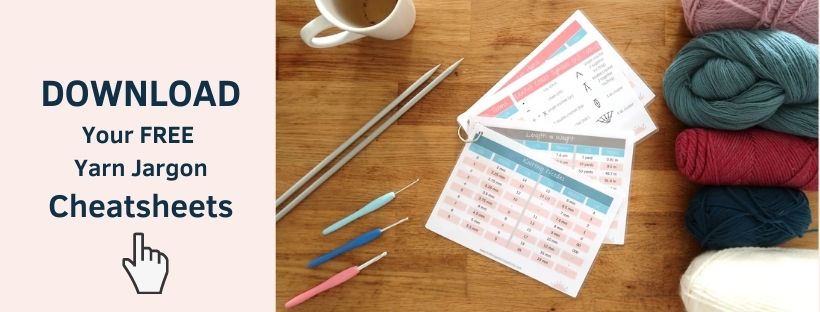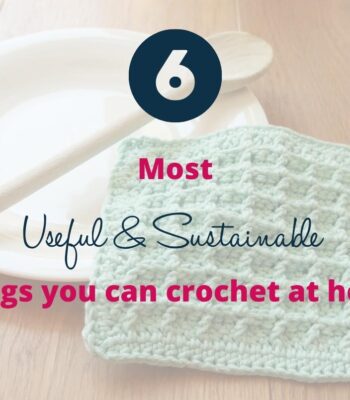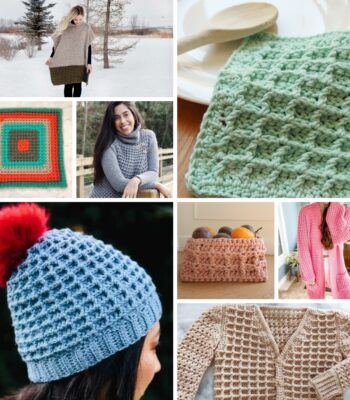You are interested in quitting, but you are not quite sure how to get started. It can be confusing trying to figure out where to start but don’t worry. We’re here to help. Quilting is a rewarding hobby that can be enjoyed by people of all ages and skill levels.
No time right now? Pin these quilting beginner’s tips for later!
Whether you are looking to create a unique gift for a loved one or simply want to relax and express your creative side, quilting is a great option. And the best part is that it is not as difficult as you might think. Let’s get started!
What Is Quilting?
Quilting is a needlework technique in which fabric is stitched together to create a thicker, padded fabric. It is often used to make bedspreads, blankets, and items of clothing. Quilting can be done by hand or machine, and it is a popular way to recycle old fabrics.
Basic Equipment For Quilting
Sewing Machine
You’ll need a sewing machine if you wish to take up quilting. There are a couple of reasons for this. First, a sewing machine can sew much faster than you can by hand, which will save you a lot of time. Additionally, a sewing machine can create precise stitches that are difficult to achieve by hand. This is important because quilts require precise stitching in order to lay flat and look nice. Finally, a sewing machine can handle thicker fabrics more easily than your hands can, which will make your quilting project easier.
Fabric
When quilting, you’ll need a good fabric to work with. There are a few things to keep in mind when choosing fabric for your project. There are a variety of fabrics available, including cotton, polyester, and wool. Each type of fabric has its own advantages and disadvantages, so you’ll need to choose the one that best suits your needs.
You’ll also need to consider the weight of the fabric. Fabric comes in a range of weights, from lightweight to heavyweight. The weight of the fabric will determine how easy it is to work with and how durable it is. Lastly, you’ll need to decide on the color and pattern of the fabric. Quilting fabrics come in a wide variety of colors and patterns, so you should be able to find something that suits your taste. With a little bit of research, you should be able to find the perfect fabric for your next quilting project.
Measuring Tape
No matter what kind of quilt you’re making, you’ll need a measuring tape. Measuring tape comes in a variety of lengths, widths, and materials. The most important thing to look for in a measuring tape is accuracy. You’ll also want to make sure that the measuring tape is comfortable to hold and easy to read. There are a variety of different measuring tapes on the market, so take some time to find the one that’s right for you.
Rotary Cutter
As a quilter, one of the things you’ll need is a rotary cutter. This tool consists of a handle and a blade that can quickly and easily cut through fabric. When using a rotary cutter, it’s important to take care not to cut yourself or damage the blade. The blade should be kept sharp and replaced regularly. In addition, you’ll need to use a cutting mat and ruler to protect your work surface and ensure accurate cuts.
Pins
Pins help keep the fabric in place while you’re working on it. They come in different sizes, so you can choose the size that’s best for the project you’re working on. The type of pin you use will also depend on the fabric you’re using. For example, if you’re working with a delicate fabric, you’ll want to use a softer pin so it doesn’t damage the fabric. You can also get special quilting pins that have a curved tip to help grip the fabric better.
Self Healing Mat
A self-healing mat is used to protect your work surface and keep your fabric from being damaged. Self-healing mats are made of a soft material that won’t damage your fabrics, and they have a grid pattern that makes it easy to keep your fabric in straight lines. You can find self-healing mats at most craft stores, or you can order one online.
Quilting Rulers
Quilting rulers come in a variety of sizes and shapes, but they all serve the same basic purpose: to help you measure and cut fabric accurately. A good quilting ruler will have clearly marked measurements and sturdy construction that won’t bend or warp over time. It’s also a good idea to choose a ruler with a non-slip grip, which will make it easier to keep your cuts straight.
Fabric/Chalk Marker
One of the most important items you’ll need is a fabric chalk marker. This simple tool allows you to temporarily mark lines on your fabric, making it easy to see where you need to sew or cut. Fabric chalk markers come in a variety of widths, so you can choose the size that best suits your needs. They also come in both water-soluble and non-water-soluble formulas, so you can choose the type that best works with your fabric.
Fabric Glue
While quilting, you’ll need fabric glue to help hold your fabric in place. The best fabric glue is strong but not too sticky, so it doesn’t damage the fabric or leave behind a sticky residue. You’ll also want to choose a fabric glue that dries quickly, so you can keep working on your project without having to wait for the glue to dry. There are lots of different types of fabric glue available, so take some time to find one that works well for you. With the right fabric glue, you’ll be able to create beautiful quilts that will last for years to come.
Quilting Process
Prewash And Iron Your Fabric
The first step to quilting is to prewash your fabric. You may be wondering why you should prewash and steam iron your fabric before beginning a quilt project. There are a few reasons for this. This step is important because it helps to remove any chemicals that may be on the fabric, as well as to shrink the fabric so that it doesn’t warp while you’re working with it.
To prewash your fabric, simply wash it in cool water on a gentle cycle and then tumble dry on low heat. This can give your quilt a nicer finish and prevent the fabric from fraying. It gives you a chance to check for colorfastness. You don’t want your finished quilt to end up with any unwanted bleeds or stains. Finally, prewashing and steaming your fabric will help to prevent wrinkles and creases.
Choose A Quilt Design
When you’re quilting, it’s important to choose a quilt pattern that suits your taste and skill level. With so many options available, it can be easy to get overwhelmed. You may be surprised to learn that there are numerous types of quilt patterns. Each has its own unique character, and each can be used to create a one-of-a-kind quilt.
The information found on Annie’s quilt patterns and books explains that quilt patterns include patchwork, applique, pieced, and wholecloth.
- Patchwork quilts are made up of small pieces of fabric that are sewn together to form a larger design.
- Applique quilts feature fabric shapes that are fused or stitched onto a background fabric.
- Pieced quilt patterns are created by sewing together different shaped pieces of fabric.
- Wholecloth quilts are typically made from a single piece of fabric that is then quilted with a decorative stitching pattern.
Additionally, it’s important to think about the colors and fabrics you’ll be using. Choosing colors that complement each other will help create a cohesive look. And finally, be sure to select a pattern that you feel confident tackling.
Create Patchwork Design
Once you have all of your materials, you’re ready to begin cutting your fabric into squares. You can use scraps from other projects, or purchase new fabric specifically for your quilt. Once you have your fabric, you’ll need to cut it into squares. The size of the squares will depend on the size of your quilt. Once you have all of your squares cut, it’s time to start piecing them together.
To create the patchwork design, you’ll need to sew the squares together in a specific order. Start by sewing two squares together along one edge. Then, sew a third square to the first two squares along another edge. Continue adding squares until all of the squares are sewn together. Once all of the squares are sewn together, you’ve completed the patchwork quilt top!
Quilt Sandwich
You will need three things to make a quilt sandwich: batting, backing, and fabric. You will also need a sewing machine, thread, and scissors.
- The first step is to cut the backing and batting to the same size.
- Then, lay the backing wrong-side up on a flat surface.
- Next, lay the batting on top of the backing.
- Finally, lay the fabric right-side up on top of the batting.
- Once all three layers are in place, you will need to pin them together. Start by placing pins around the edges of the fabric, making sure to go through all three layers. Then, place pins every few inches throughout the fabric.
- Once everything is pinned in place, you can begin sewing. Start by sewing around the edge of the quilt sandwich, using a quarter-inch seam allowance. Then, stitch straight lines every few inches throughout the quilt sandwich.
- When you are finished stitching, trim any loose threads and remove the pins.
Your quilt sandwich is now ready to be used in your next project!
Binding A Quilt
Whether you’re an experienced quilter or just getting started, binding a quilt is a relatively simple process that can add a professional touch to your finished product. The key is to take your time and be precise with your cuts and measurements.
Here’s how to do it:
- Start by trimming any loose threads and square off the edges of your quilt top. Then, place it on the opposite site and make sure it’s laid out on a surface that is flat. Place the quilt top on top of it, right side up. Use pins to secure the layers together.
- Cut strips of binding fabric that are 2.5 inches wide and long enough to go around the entire perimeter of the quilt. To attach the binding strips, sew them together at the short ends with a quarter-inch seam allowance. Then, fold the strip in half lengthwise and press with an iron.
- Starting in the middle of one side of the quilt, align the raw edge of the binding strip with the raw edge of the quilt’s top and bottom layers. Sew the binding strip in place using a quarter-inch seam allowance.
Why Beginners Should Use Quilting Stencils
If you’re new to quilting or are looking for an easy way to add some interest to your projects, stenciling is a great option. Using quilting stencils is fast, simple, and doesn’t require any special skills or equipment. Plus, it’s a great way to personalize your projects and add some unique details.
To stencil on fabric, you’ll need a few supplies:
- quilting stencils,
- fabric paint or markers,
- and a piece of cardboard or poster board (this will help keep the paint from bleeding through to the back of the fabric).
Simply tape the stencil in place on the fabric, then use the paint or markers to fill in the design. When you’re finished, carefully remove the stencil and allow the design to dry. Using quilting stencils is a great way to add some extra pizzazz to your projects without a lot of hassle.
How To Hand Quilt?
Hand quilting is a relaxing and satisfying way to create a beautiful work of art. The following steps will show you how to hand quilt, from start to finish.
To begin, you will need a quilt top, batting, backing, and quilting thread. You will also need a needle and a thimble. Once you have gathered all of your materials, you are ready to begin.
First, place your backing fabric down on a flat surface. Then, on top of this fabric, you should place the batting. Next, lay your quilt top down on top of the batting. Make sure that all three layers are smooth and wrinkle-free.
Now it’s time to start quilting! Thread your needle with a length of quilting thread, and knot the end. Starting at one corner of the quilt, push the needle through all three layers of fabric. Then, make small stitches – about a quarter inch long – along one line of the quilt design. When you reach the end of that line, make a knot in the thread and start again at the beginning of the next line. Continue until the entire quilt is covered in stitches. Finally, bind the quilt.
This is everything you’ll need to know about quilting before you begin your journey in this beautiful and creative hobby. With a little patience and practice, you’ll be creating beautiful quilts in no time. So what are you waiting for? Grab some fabric and thread and get started!

